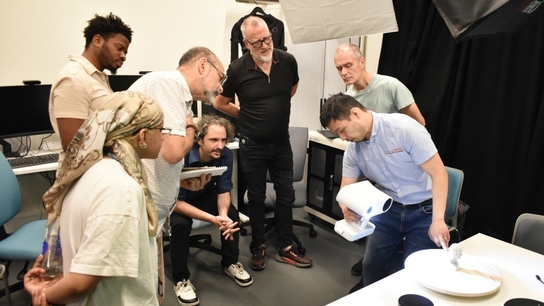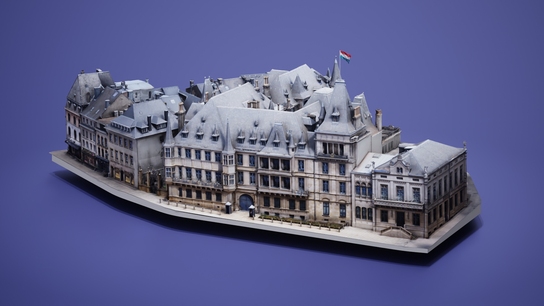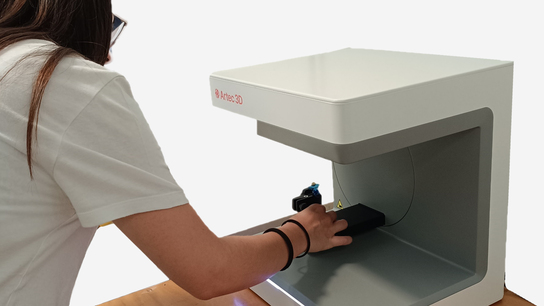Creating hyper-realistic 3D digital models from a military museum
The Goal: To scan in high-detail 3D color, using lightweight handheld scanners, the exhibits and holdings of the museum, quickly and easily, allowing the museum to function without changes in their open exhibits or inventory. Then to turn these scans into realistic, downloadable 3D models.
Tools Used: Artec Eva, Artec Studio
Bulgaria’s National Museum of Military History, Threeding.com, Artec 3D and Vesk Consult team up to unravel military history in 3D.

One of the largest museums of military history in Eastern Europe, the National Museum of Military History in Sofia, Bulgaria, and Threeding.com, a fast-growing 3D-printing marketplace and community, have announced a cooperation agreement for the 3D digitalization of military artifacts.
Under the agreement, Threeding.com will 3D scan part of the museum’s exhibits and put up their models in 3D printing friendly format on its portal. All 3D models will be available for free viewing on the museum’s website at www.militarymuseum.bg. A pilot project will mark the centenary of World War One.

Coordinated by Vesk Consult, the project will be running in cooperation with Artec 3D, a global leader in the development and manufacture of professional 3D scanners, which will provide its hardware, software and know-how.
The National Museum of Military History will receive royalties from the sales of 3D models and will be provided with free digital copies of all scanned exhibits, which can then be used for scientific and educational purposes.
Threeding will also work with the Museum of Military History to create a 3D gallery on the museum’s website over the next few months, offering users an opportunity to view exhibits online in 3D.
The partnership, which builds on successful cooperation between Threeding and Bulgaria’s regional history museums in Varna and Pernik, will enable Threeding to add unique military artifacts to its portfolio of 3D-printable models. Currently, there are over 150 models of museum objects, such as ancient sculptures, reliefs, architectural fragments of Ancient Greek and Roman origin, medieval weapons, icons and tools, available for sale in 3D printing friendly format at Threeding.com. The first models are already available on the website and include different weapons, military equipment and soldiers’ art from WW1.
“The National Museum of Military History is certain that the majority of its visitors – young, employed, open to innovations, and familiar with many European practices – will be excited by this new form of museum interaction,” says the director of the National Museum of Military History, Associate Professor Sonya Penkova. “The ambition to create a virtual museum is coupled with the wish to mark the anniversary of World War One using a novel approach for Bulgaria and the Balkans – acknowledging the cost of the war, its human and social ramifications. We hope that our joint efforts will accomplish this ambitious goal.”








Scanners behind the story
Try out the world's leading handheld 3D scanners.






